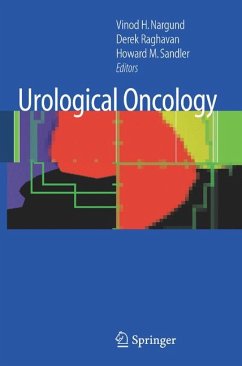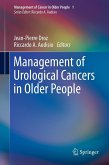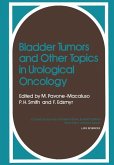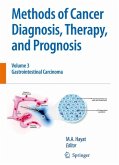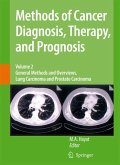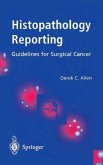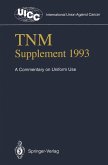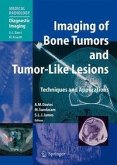The main emphasis is on clinical presentation, investigations and standard management strategies. An international authorship ensures a consensus approach covering the differing views of various authorities on the subject is provided. The book includes chapters on etiology, pathology including TNM classification, chemotherapy, radiotherapy, indications for surgery and the complications of these treatments. The book also includes chapters on basic science, research and trials related to urological cancers. Relevant surgical anatomy and other details of basic science are included wherever necessary.
A key feature of this book is an easy-to-look-up reference guide to step-by-step management strategies designed with the trainee doctor in mind.
This handbook will be a valuable tool for residents, specialists, nurse practitioners, and other medical personnel in Urology, Radiotherapy, Oncology and Palliative Medicine involved in the treatment of urological cancers.
Dieser Download kann aus rechtlichen Gründen nur mit Rechnungsadresse in A, B, BG, CY, CZ, D, DK, EW, E, FIN, F, GR, HR, H, IRL, I, LT, L, LR, M, NL, PL, P, R, S, SLO, SK ausgeliefert werden.

